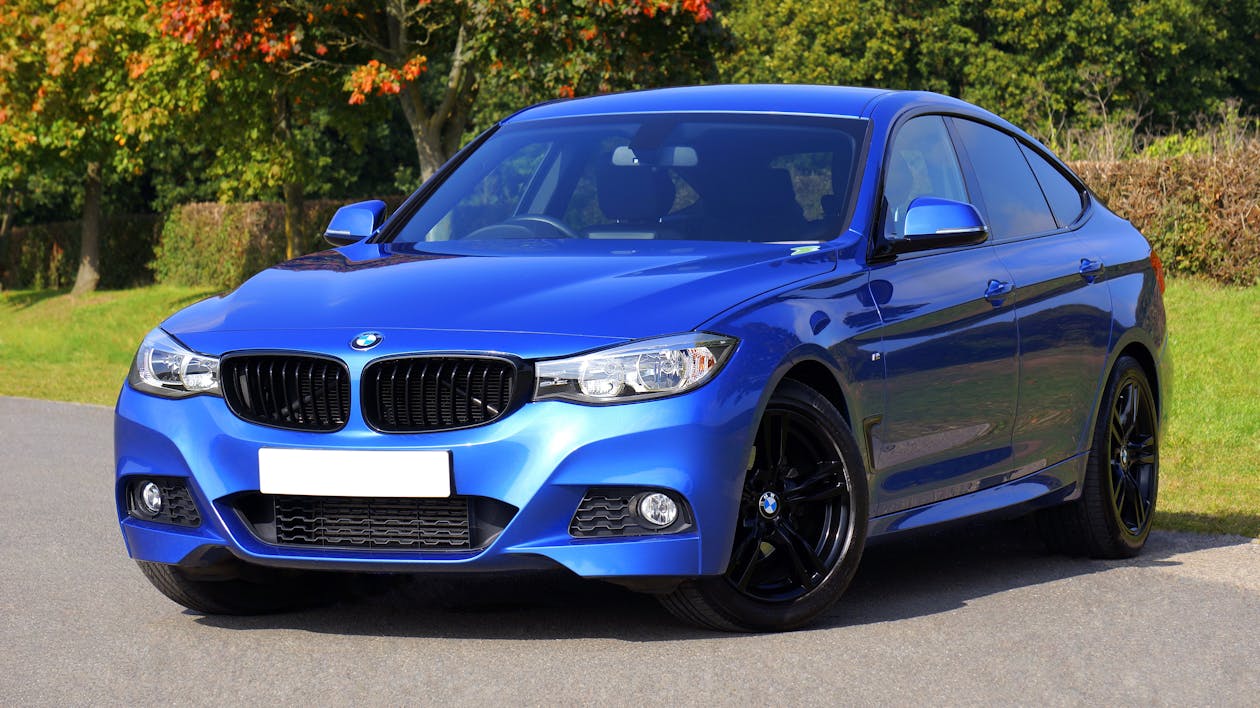Gap insurance covers the difference between your car’s value and what you owe on your loan if it’s totaled or stolen. In 2025, with car prices fluctuating and loans common, understanding who needs it, its costs, and whether it’s a worthwhile investment can save you from financial headaches.
What Is Gap Insurance and How Does It Work?

Gap insurance—short for Guaranteed Asset Protection—kicks in when your car’s actual cash value (ACV) is less than your loan balance. Here’s the breakdown:
1. Scenario: You owe $25,000 on your loan, but your car’s value is $20,000 when it’s totaled. Standard insurance pays $20,000, leaving a $5,000 gap.
2. Coverage: Gap insurance pays that $5,000, ensuring you’re not stuck paying off a car you no longer have.
3. Availability: Offered by insurers, dealerships, or lenders, it’s typically added to your policy or loan terms.
In 2025, as depreciation accelerates for new cars, this coverage is increasingly relevant.
Who Needs Gap Insurance in 2025?

Not everyone needs gap insurance, but certain drivers benefit most in 2025:
- New Car Buyers: New cars lose 20-30% of their car’s value in the first year—gap insurance is critical if you finance most of it.
- Long-Term Loans: Loans over 60 months often outpace depreciation, leaving you underwater longer.
- Low Down Payments: Putting less than 20% down increases the gap between your loan and the car’s value.
- High-Mileage Drivers: Rapid mileage drops value fast, making gap coverage a smart move.
If you own your car outright or have a short loan with a big down payment, you might skip it.
Costs and Is It Worth It?

Deciding if gap insurance is a worthwhile investment depends on cost and risk. Here’s what to know in 2025:
- Cost Range: Typically $20-$50 per year through insurers, or $500-$700 as a one-time fee from dealerships—shop around for the best deal.
- Pros: Protects against thousands in debt if your car’s totaled early in the loan term—peace of mind for minimal cost.
- Cons: Unnecessary if your loan-to-value ratio is low or you’re close to paying off your car.
- Evaluation: Compare your loan balance to your car’s value (use tools like Kelley Blue Book) and assess your risk tolerance.
For high-risk scenarios, it’s a small price for big protection. Otherwise, weigh it against your financial situation.
Source: Insurance Industry Trends and Loan Data Analysis
